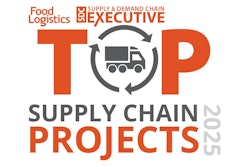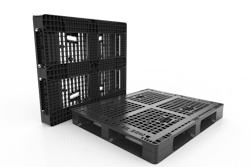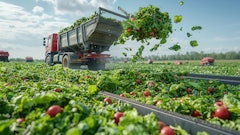
While the industry has seen significant momentum in preventing and reducing food from going to waste, waste still remains high, as outlined in the From Surplus to Solutions: 2025 ReFED U.S. Food Waste Report from ReFED.
“Despite record high food prices, and increased awareness of the food waste challenge, our analysis shows that surplus food remains high and we’re still far off from meeting the 2030 reduction goal to halve wasted food,” says Dana Gunders, president of ReFED. “But progress is being made, and our hope is that these bright spots demonstrate that change is possible—with the right combination of motivation, stakeholder alignment, and funding.”
Key takeaways:
- ReFED’s analysis indicates that surplus food is responsible for 4% of U.S. greenhouse gas emissions, the same as driving 54 million cars, or 18% of all registered vehicles in the country. Surplus food also has an outsized impact on natural resources, including water and land. It accounts for 16% of U.S. freshwater withdrawals, enough for every American to shower seven times a day all year. If all surplus food were grown in the same place, it would require 140 million acres of land—an area the size of California and New York combined.
- Even with increasing food costs, consumers continue to generate the largest amount of waste. Between uneaten groceries at home and restaurant plate waste, consumers waste close to 35 million tons of food annually, costing them $261 billion, or nearly $800 per person.
- While food producers and businesses generate 21.5 million tons of surplus food annually equating to $108 billion in lost revenue, momentum to address waste is building, with 20% of the Top 65 food businesses across foodservice, retail, and manufacturing having specific, time-bound food waste reduction targets.
- More than $900 million was invested in food loss and waste solutions in the United States in 2024 by public, private, and philanthropic sources. However, despite the significant environmental impact of food loss and waste, only 4% of the $600 billion in global annual investment for climate mitigation and adaptation goes to food and agriculture generally, with an even smaller portion funding food waste initiatives.
- The report also highlights signs of progress in addressing surplus food, including a 25% reduction in unsold food jointly reported by retailers on the West Coast, 100 state-level bills related to food waste being introduced nationwide in 2024, and participation by a growing number of industry leaders in the U.S. Food Waste Pact.


















